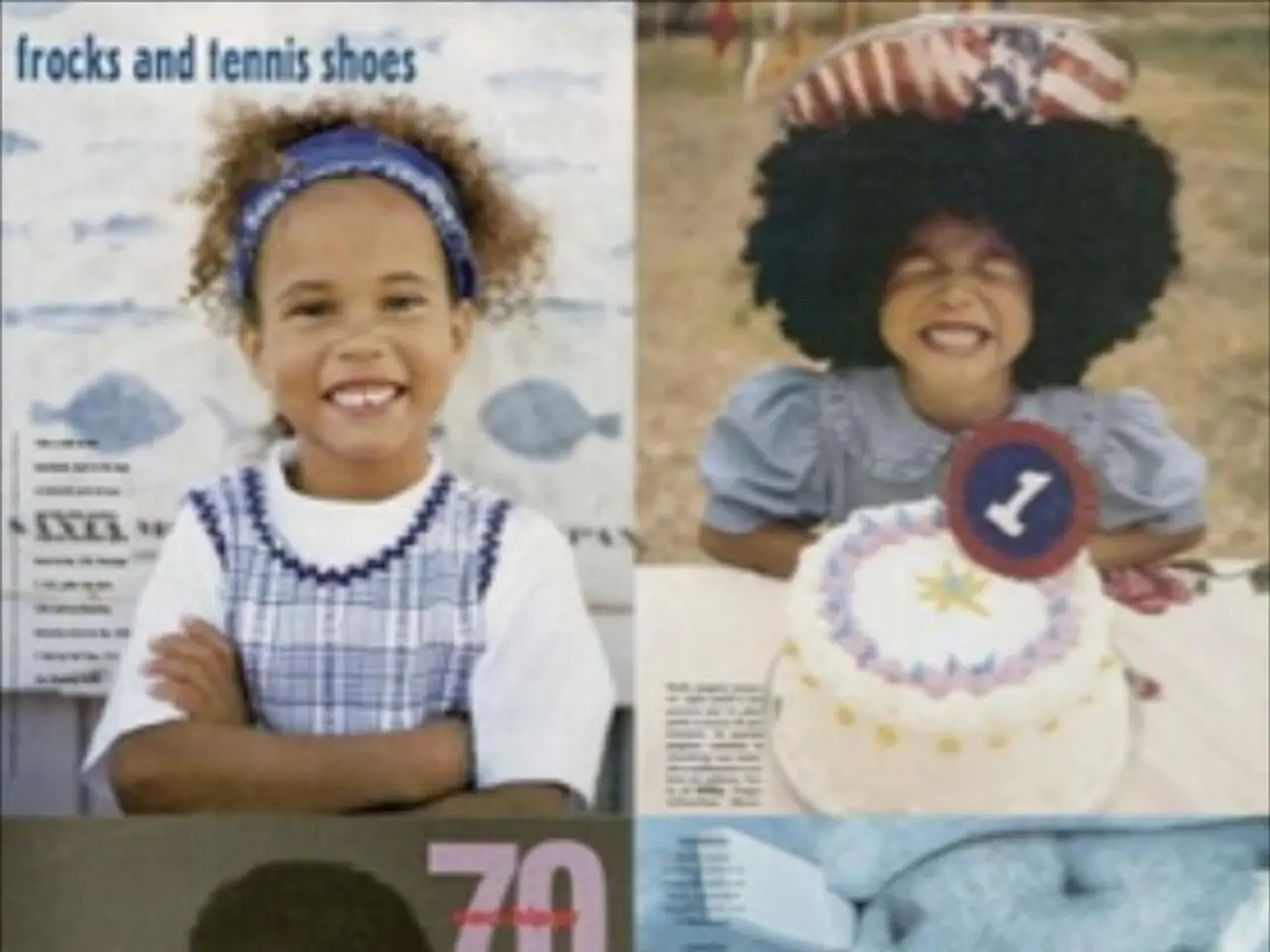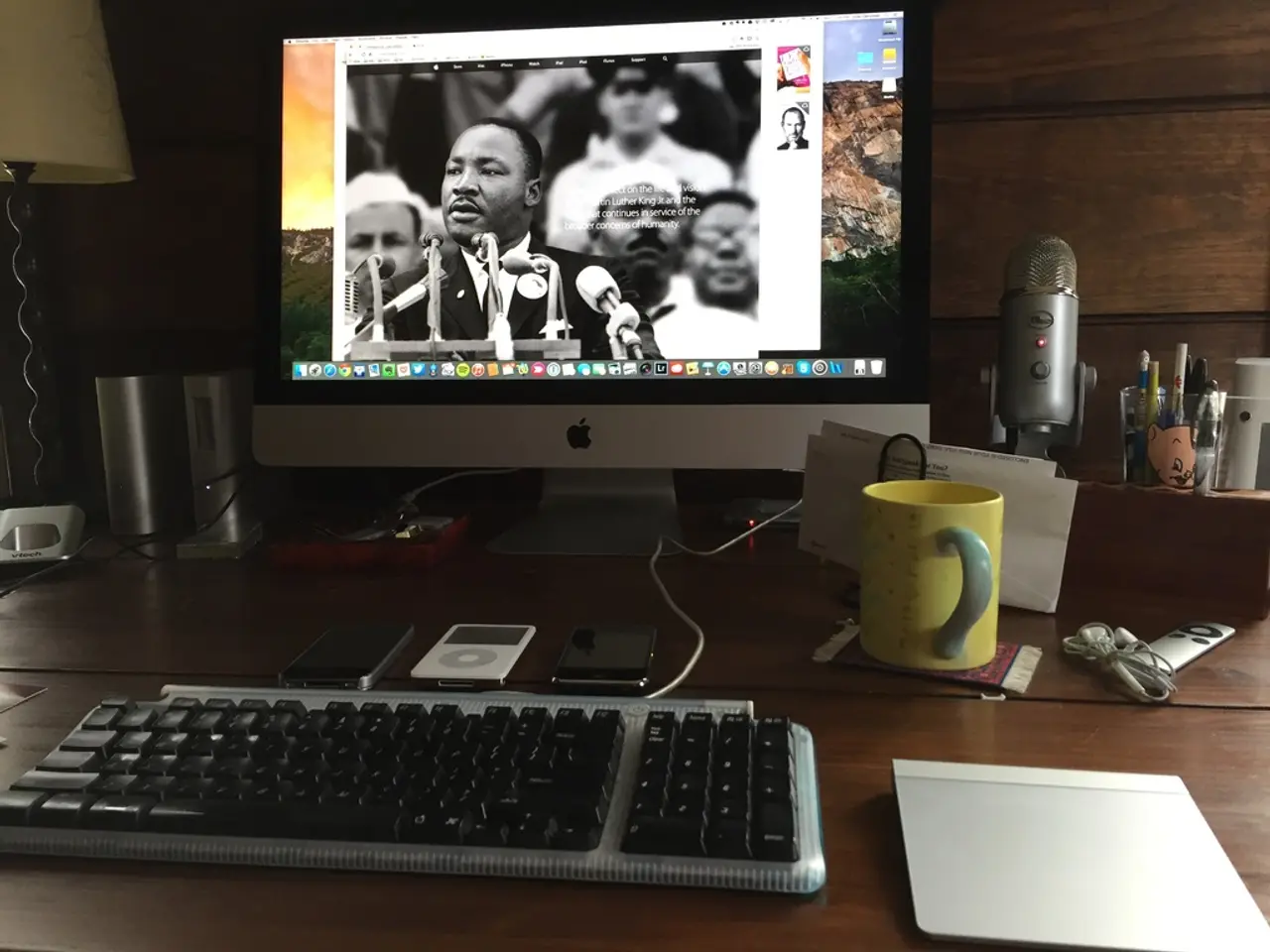Encouraging Self-Confidence in Preschoolers: Fostering Self-Esteem in Kindergarten Kids
Promoting Positive Self-Concepts in Children: Strategies for Parents
In an effort to nurture a positive self-concept in children, parents can create an environment that fosters unconditional love, acceptance, and support. This approach, as outlined in the book "Raising a Self-Disciplined Child" and various articles, aims to empower children to become confident and self-disciplined.
One such strategy is to express unconditional love and acceptance, letting children know they are loved regardless of success or failure, emphasizing growth over perfection. Parents should also model positive behaviour, exemplifying kindness, patience, and constructive behaviour, as children learn by observing adults.
Encouraging autonomy and decision-making is another key strategy. Parents can foster a growth mindset and intrinsic motivation by allowing children to make their own choices without harsh judgment. Praise should be thoughtful, genuine, and specific to teach responsibility and value effort.
Creating a positive, no-judgment environment is crucial. Avoid criticism that undermines self-worth, focusing instead on fact-based observations. Encouraging self-affirmations, such as daily positive self-talk and affirmations, can strengthen inner confidence and emotional regulation.
Engaging in shared activities, like cooking, cleaning, or drawing together, builds connection and models positive engagement. Acknowledging children’s feelings and ideas, and actively listening to them, fosters self-awareness and confidence.
Two activities that are particularly effective in this regard are "My Timeline" and "This Is Me". "My Timeline" uses a poster board, photographs of a child, tape or glue, and markers to create a personal timeline of the child’s life, with pictures in chronological order and captions written using the child’s words. "This Is Me" requires a large sheet of paper, child-sized art supplies, and children’s scissors to create a silhouette of a child and let them draw their face and clothes.
Exploring new situations with children helps them develop confidence and self-esteem. It's important for children to know they are loved unconditionally, regardless of their behaviour. Constant criticism, scoldings, or discouraging remarks can negatively impact a child’s self-perception.
Opportunities for children to make choices and contribute to the family help develop self-esteem. Parents significantly influence a child's self-perception, and these strategies, when implemented consistently, can help children develop a resilient, realistic, and positive sense of self-worth that supports healthy emotional and psychological development.
While these activities are not explicitly mentioned in the references provided, they align with the overall theme of empowering children and fostering self-esteem as discussed in the book "Raising a Self-Disciplined Child" and the articles by Van Horn.
- Incorporating activities like 'My Timeline' and 'This Is Me' into family-dynamics can enhance personal-growth and self-concept, as they allow children to express themselves and build emotional regulation.
- The home-and-garden, such as working cooperatively on shared activities like cooking, cleaning, or drawing together, fosters relationships and reinforces positive home-and-garden lifestyle, leading to increased self-esteem.
- To bolster education-and-self-development, parents should encourage autonomy and decision-making, promoting a lifestyle of self-discipline, growth mindset, and positive relationships.




